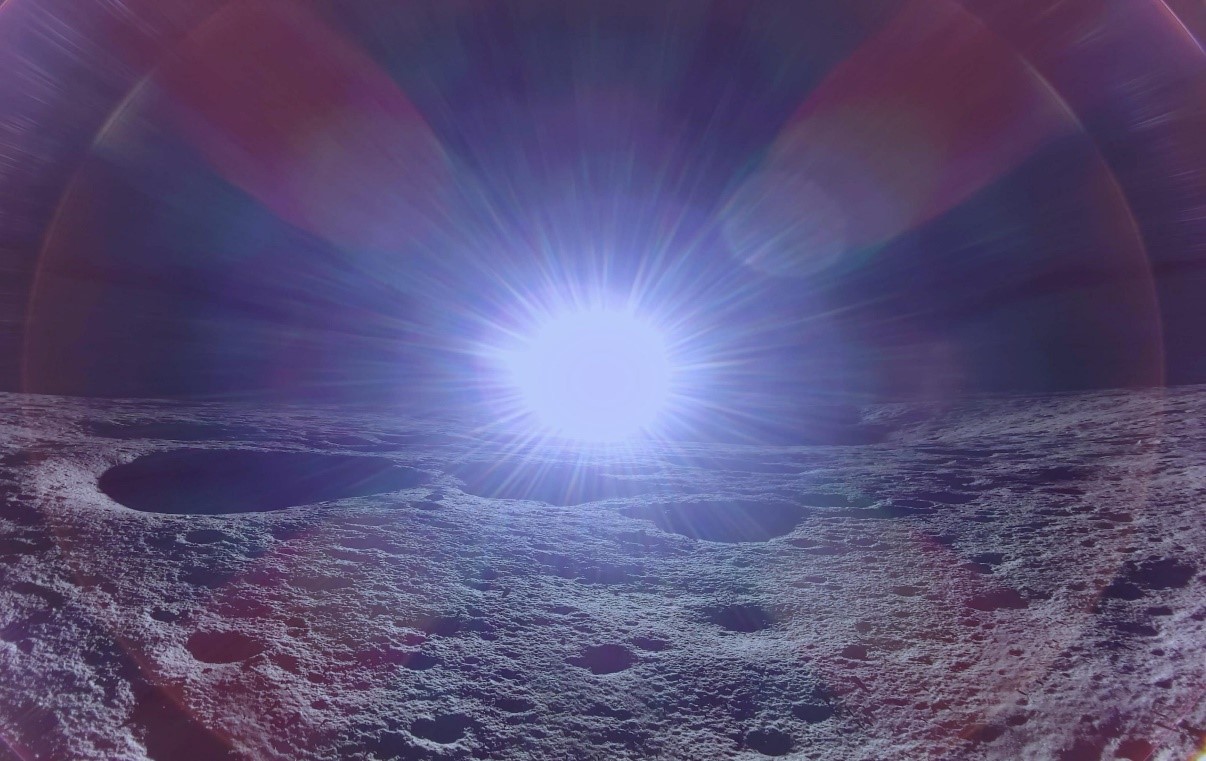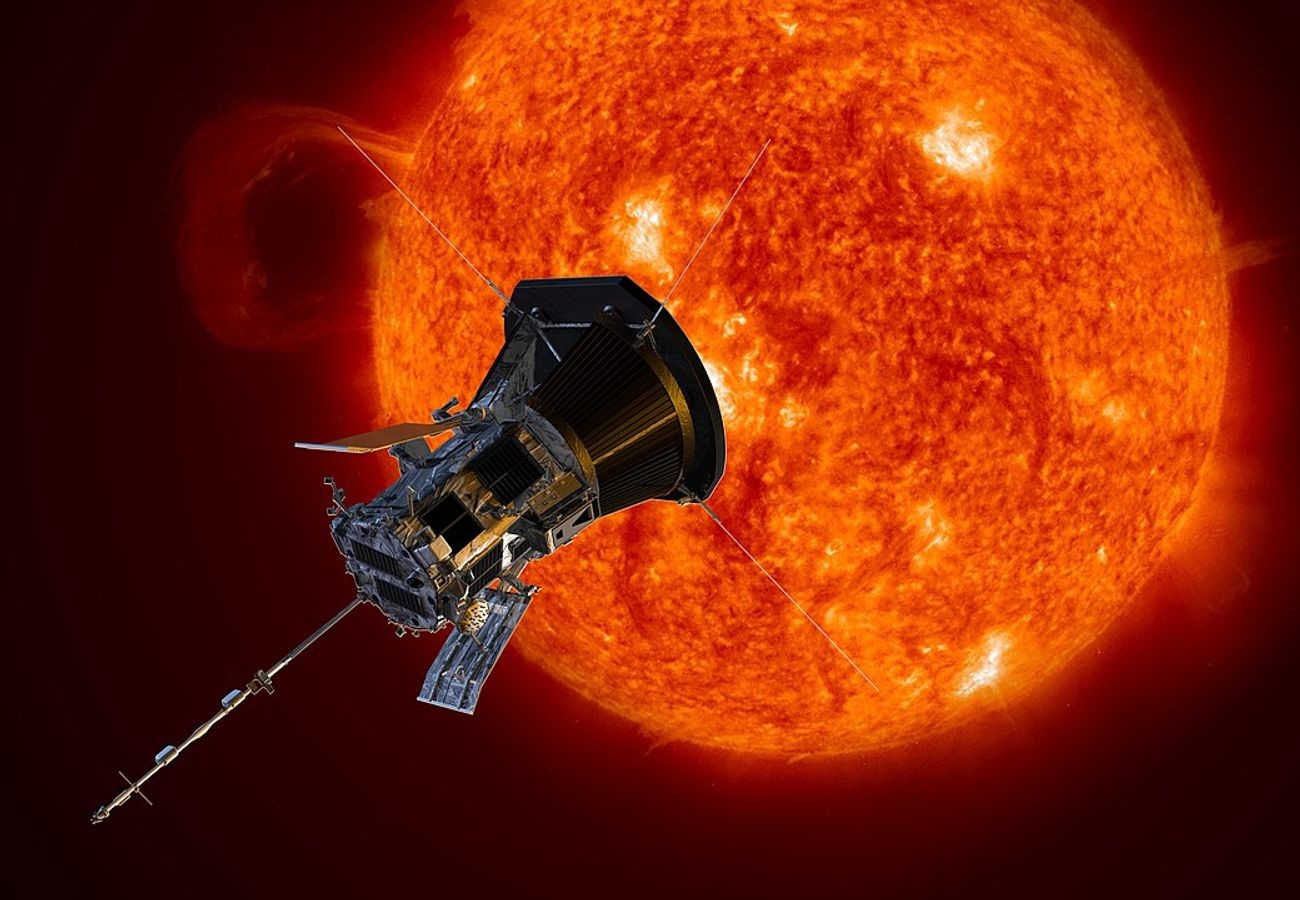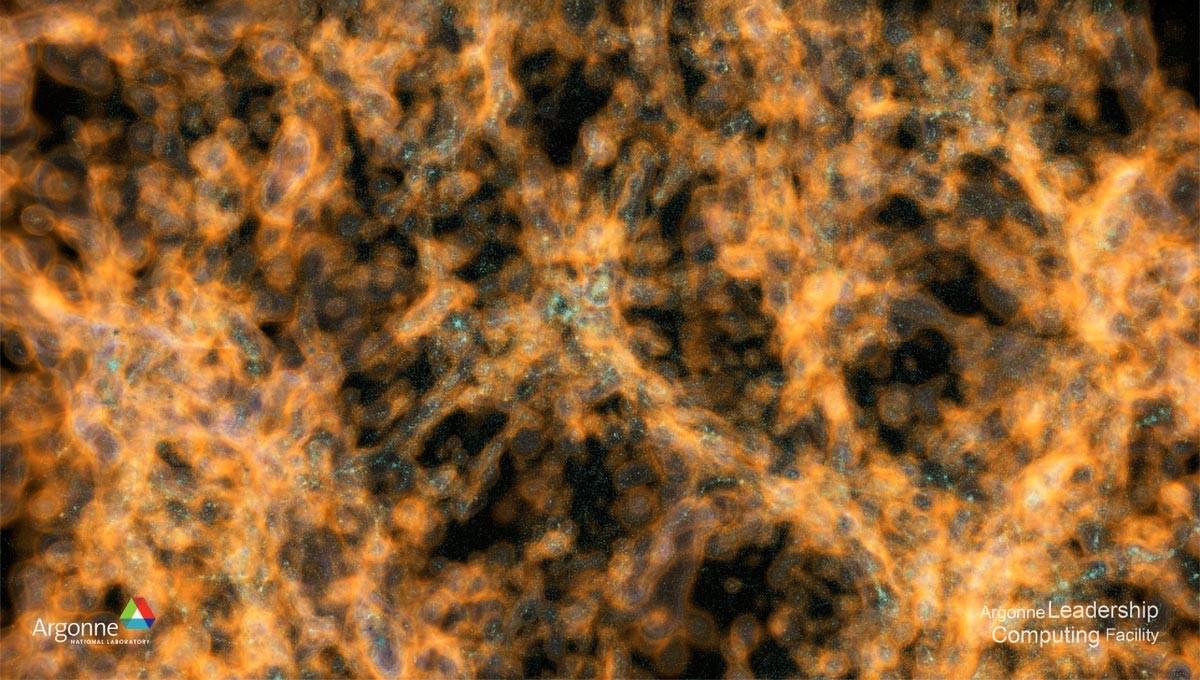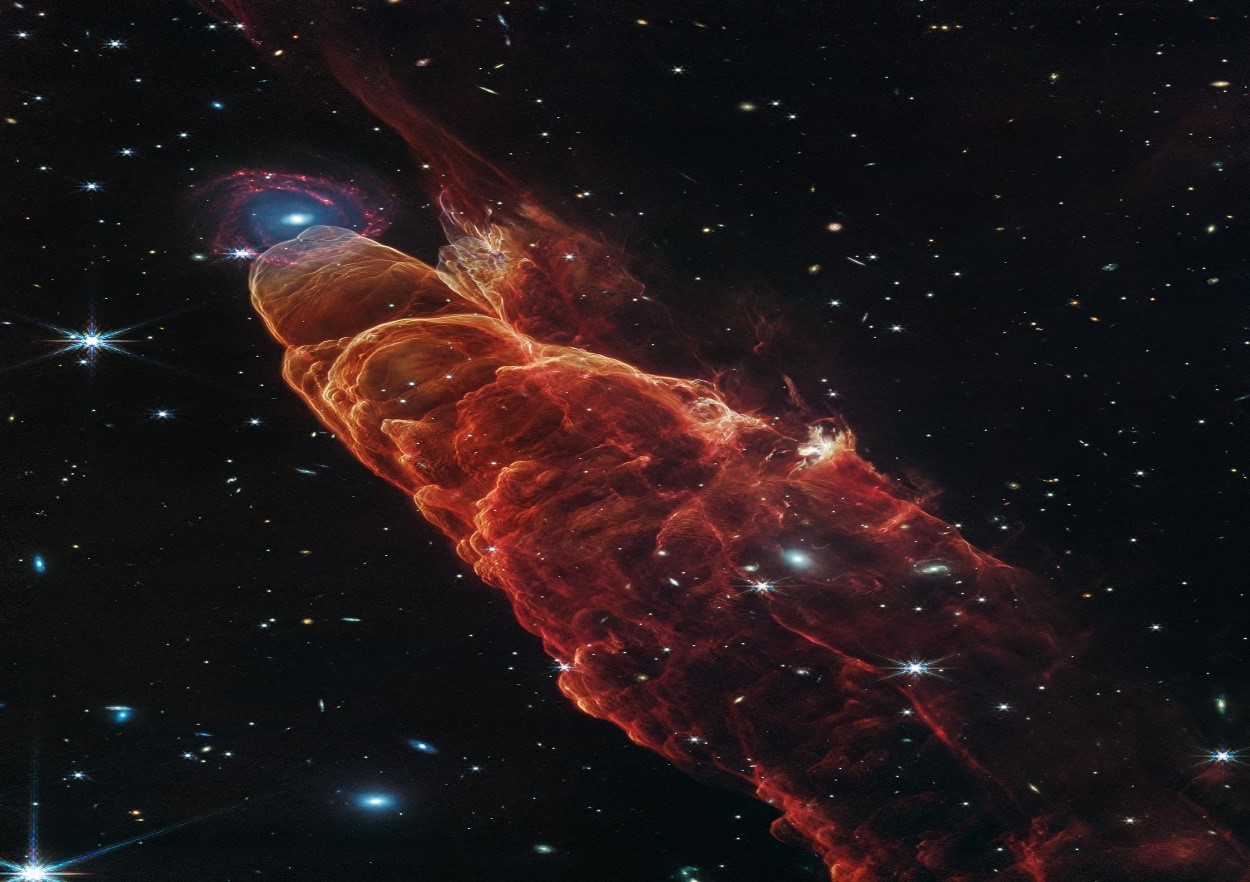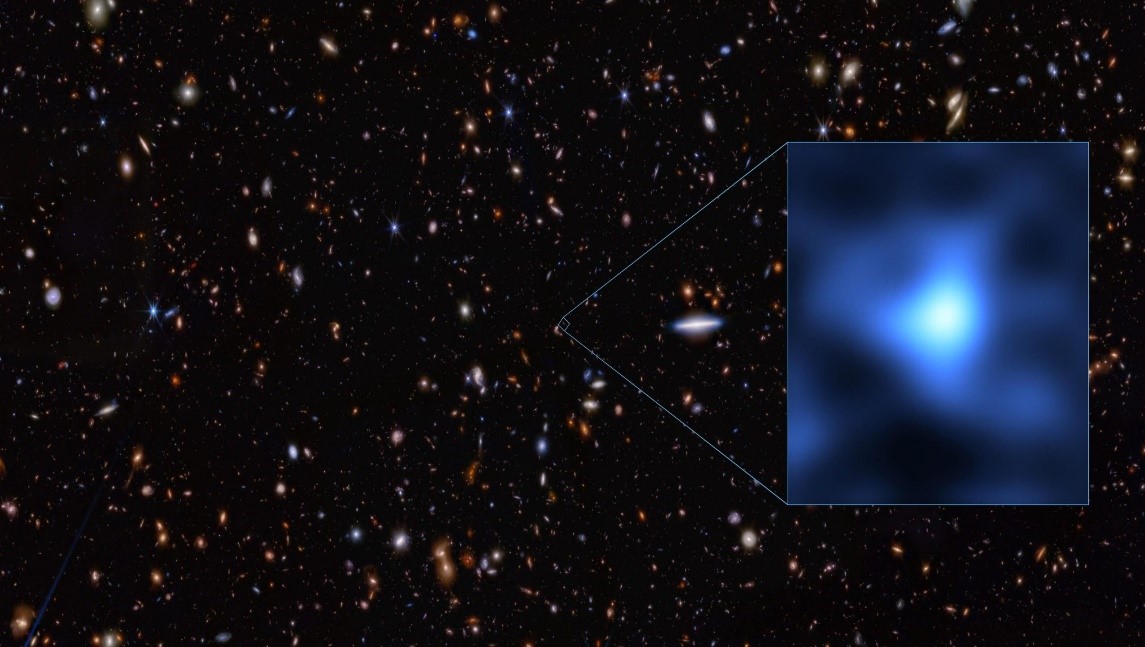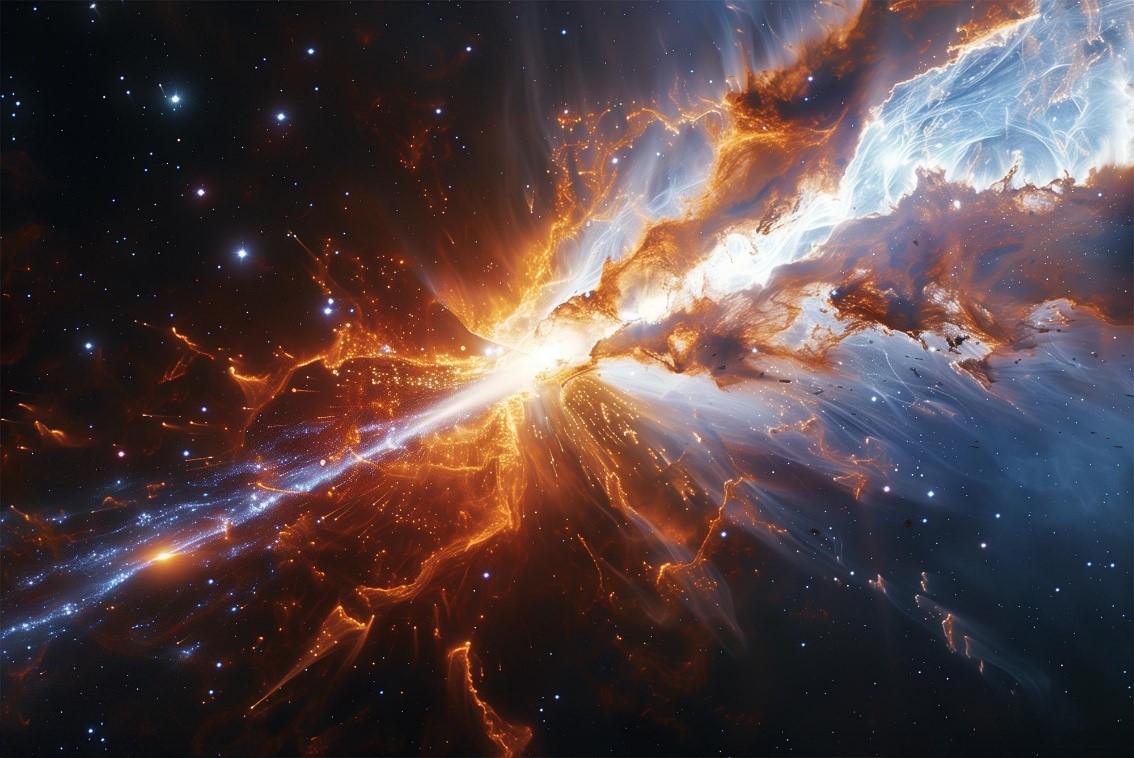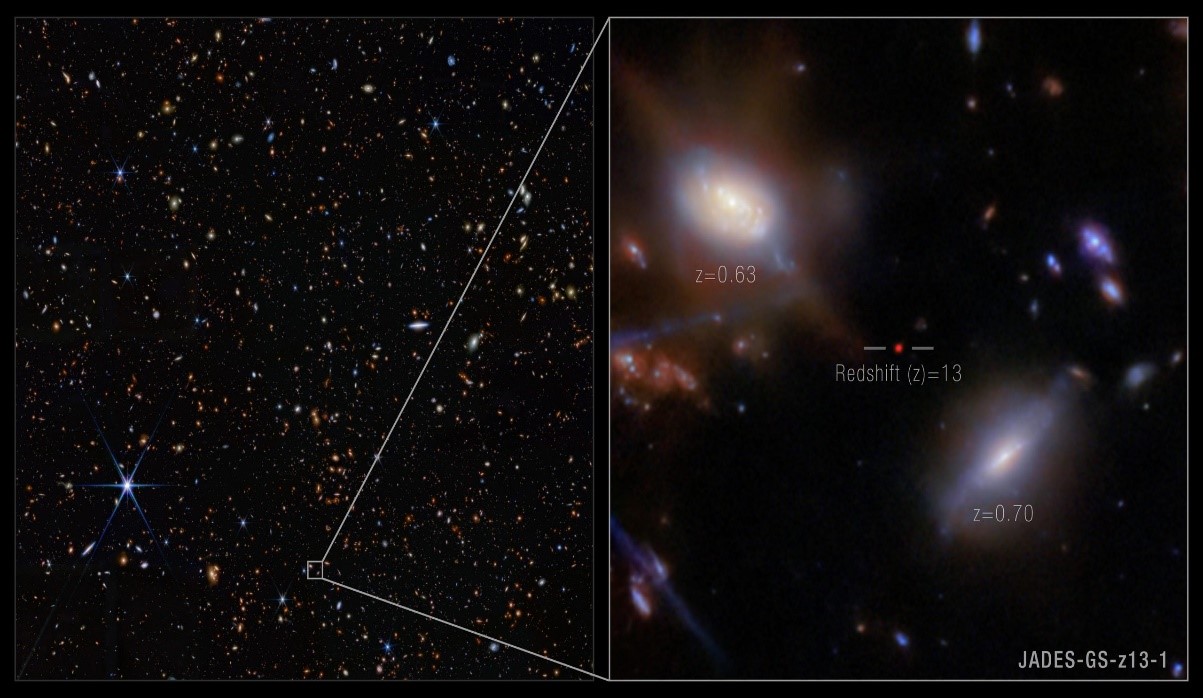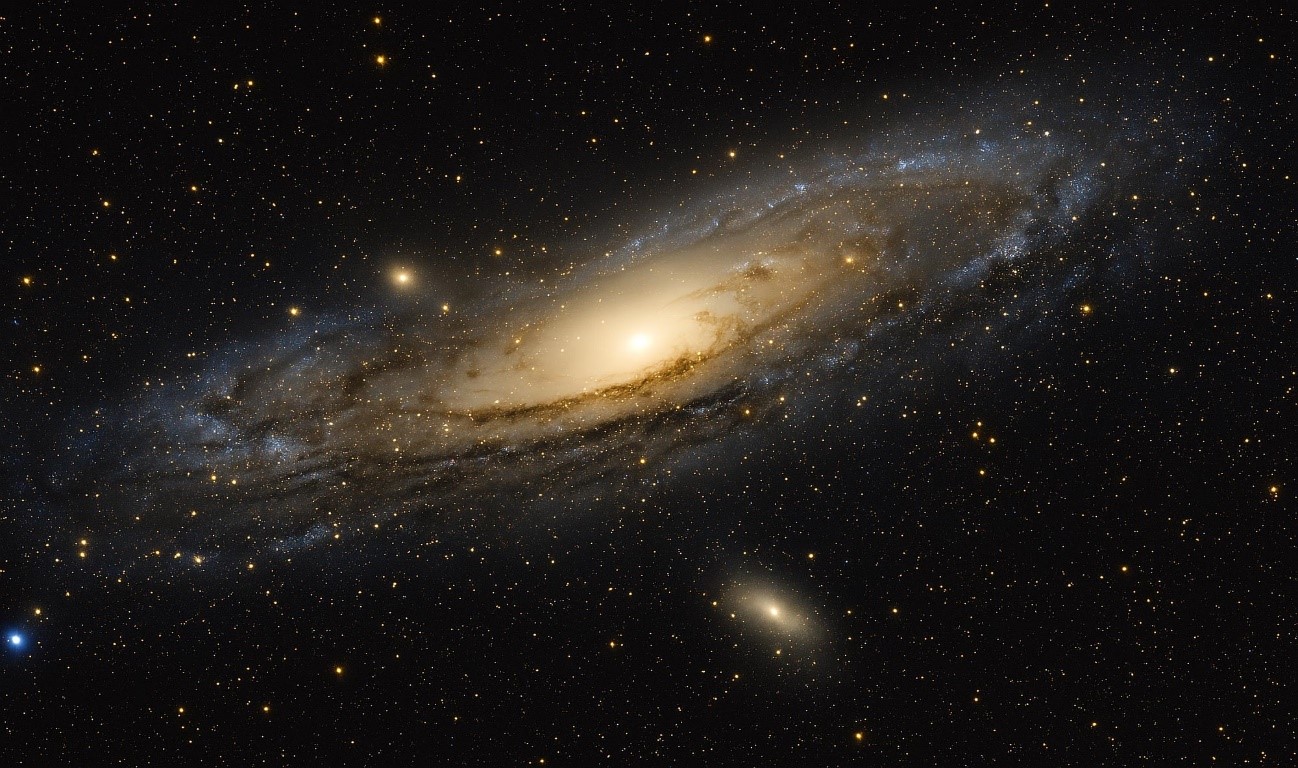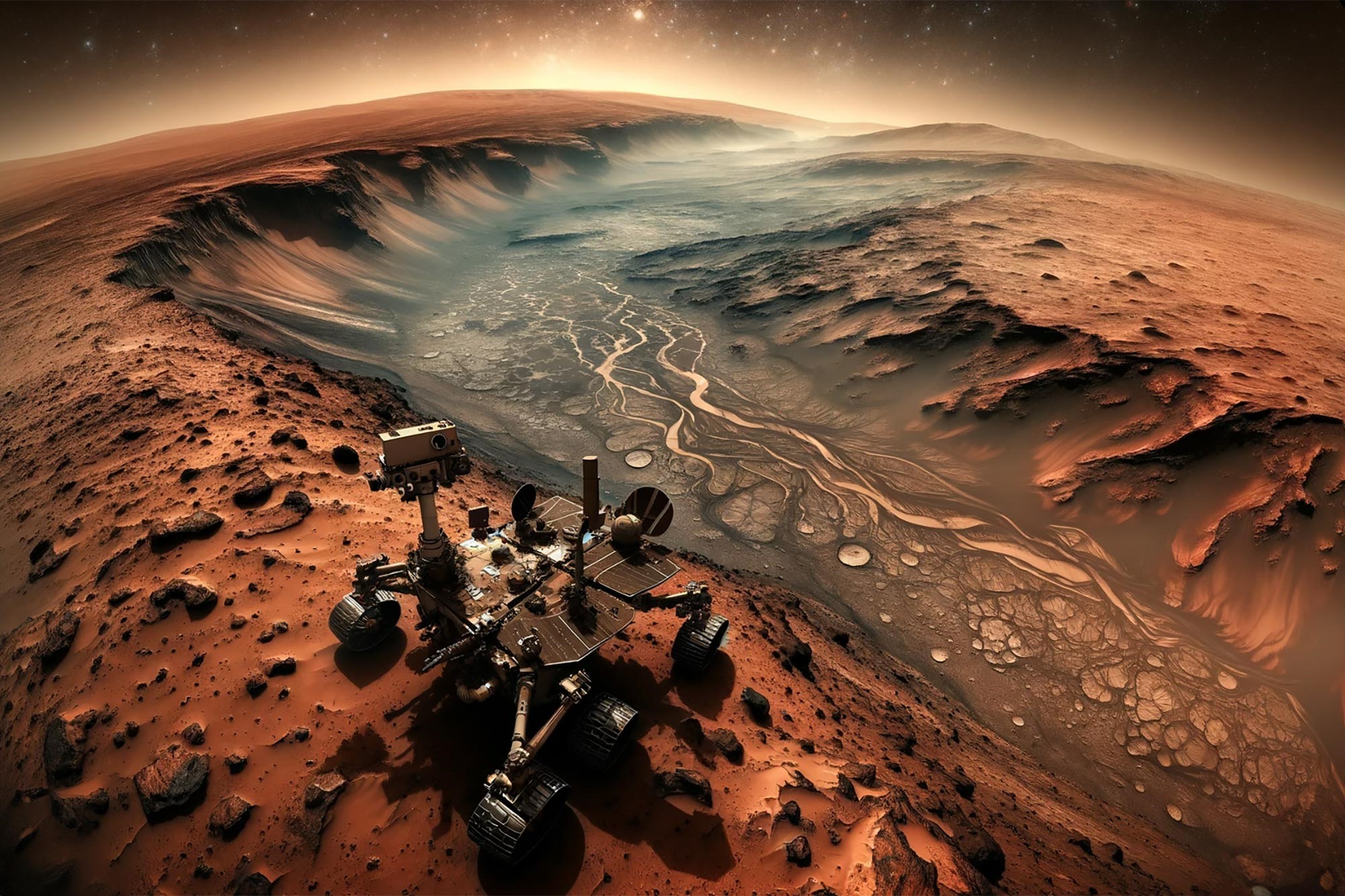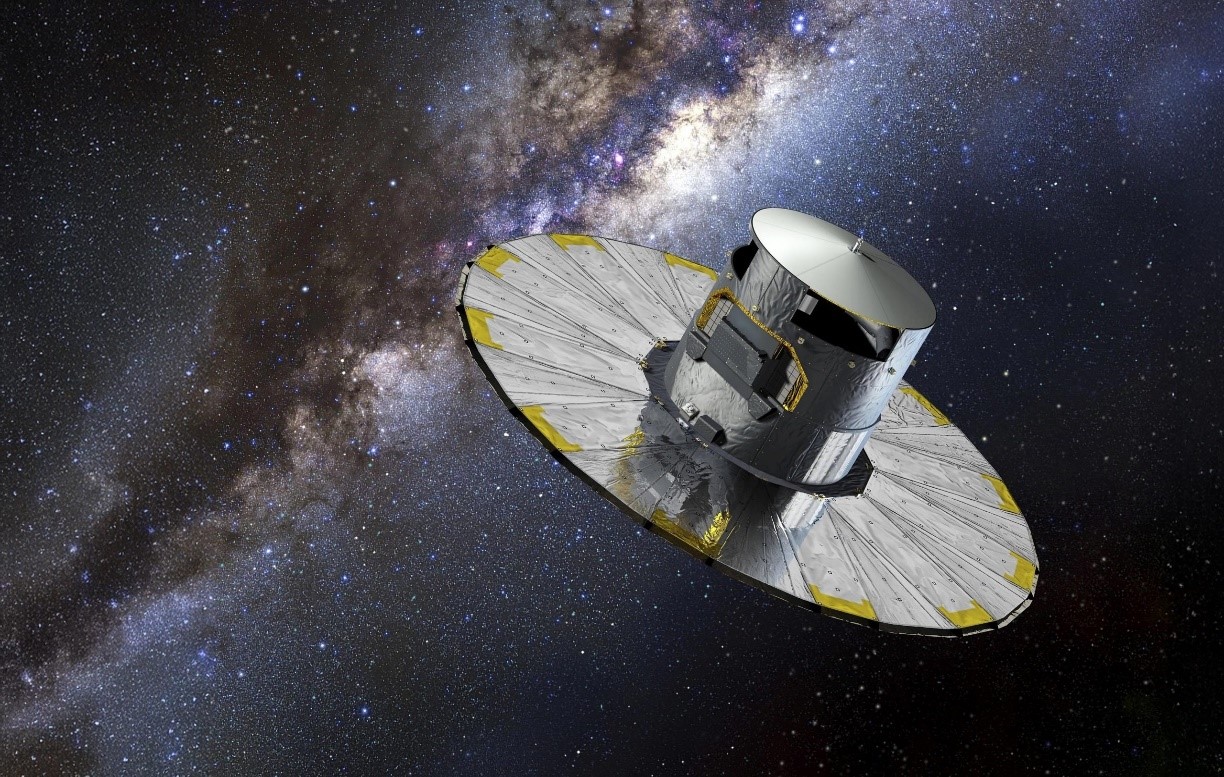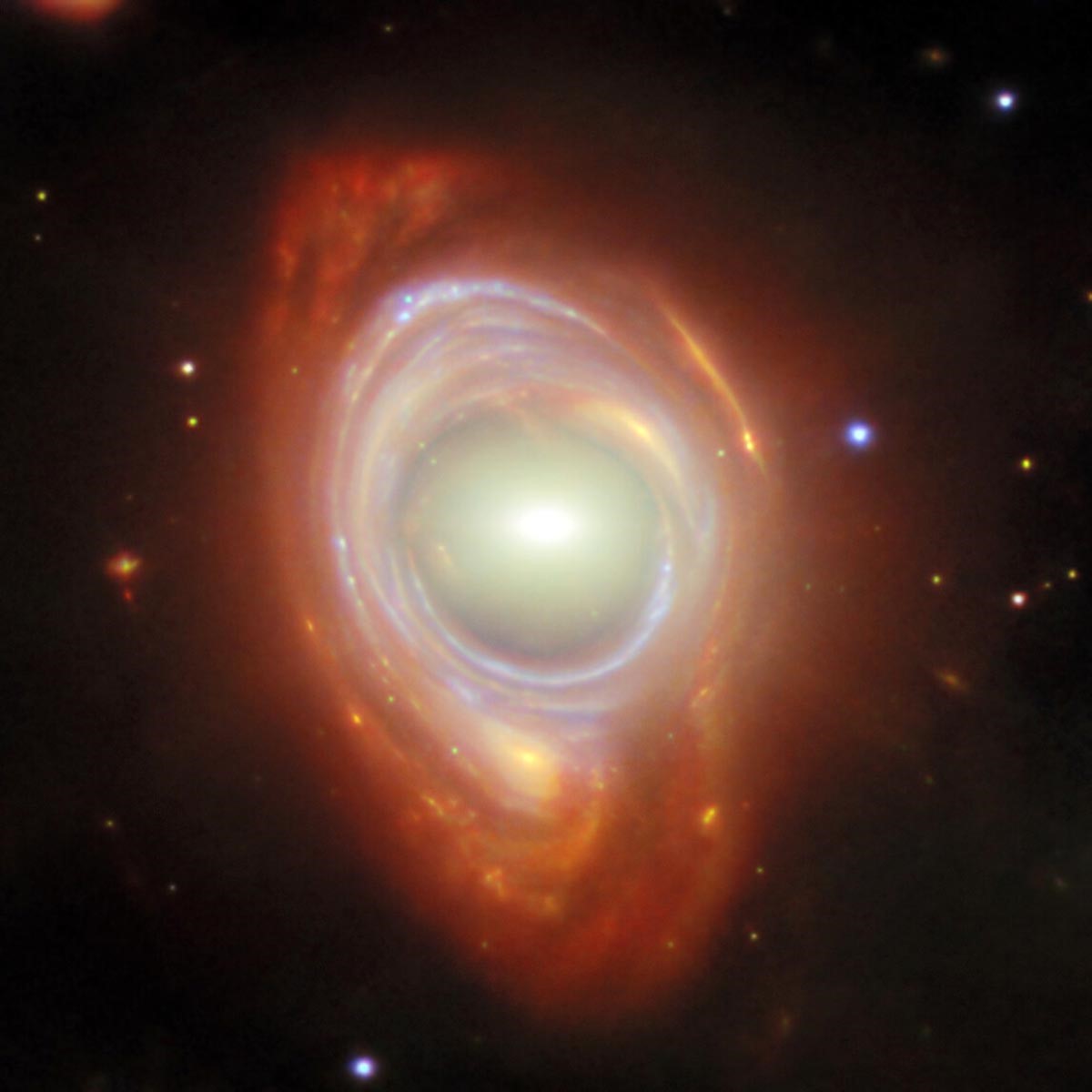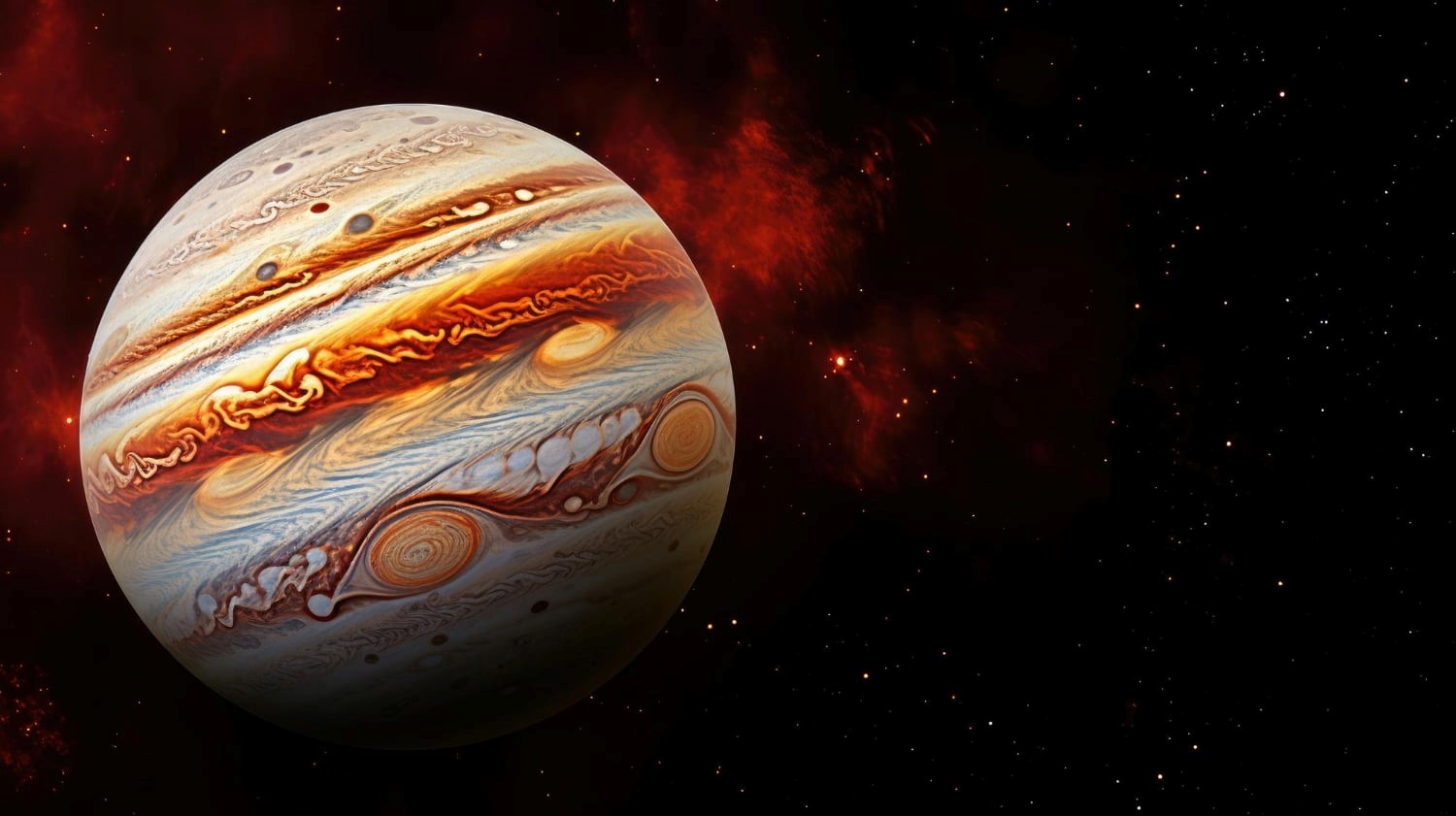Galactic Spin Mystery Puzzles Scientists, Questioning Big Bang Theories
A Kansas State University study using data from the James Webb Space Telescope (JWST) has uncovered an unexpected pattern in the rotation of galaxies. Lior Shamir, an associate professor of computer science, found that most of the galaxies in the deep universe appear to rotate in the same direction. Of the 263 galaxies analyzed in the JWST Advanced Deep Extragalactic Survey (JADES), around two-thirds rotate clockwise, while one-third rotate counterclockwise [1]. This discovery, published in the Monthly Notices of the Royal Astronomical Society, challenges current cosmological models and raises questions about the symmetry and structure of the universe.
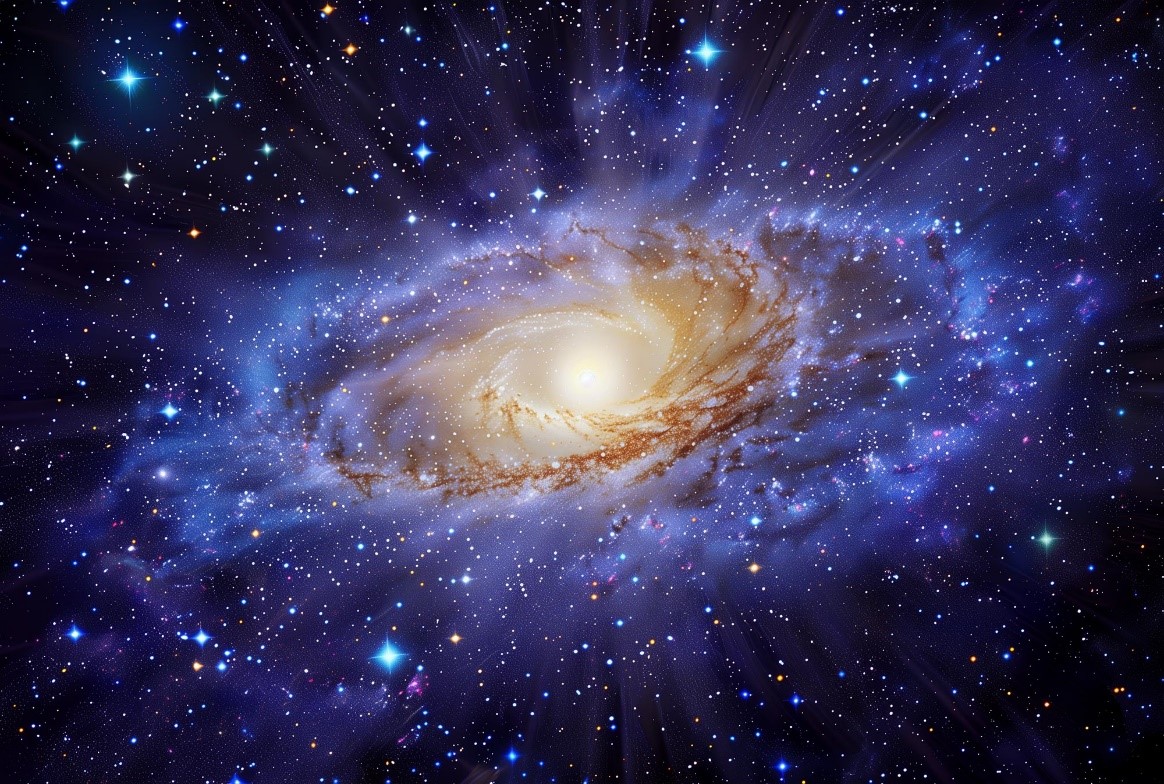
Figure 1. Study Reveals Unexpected Galactic Spin Imbalance Using Webb Telescope
Lior Shamir, the lead researcher of the study, emphasized that the pattern of galactic rotation is so striking that it can be observed by anyone, regardless of their expertise. By analyzing the shapes of the galaxies, the team found a surprising result: in a random universe, galaxies should rotate equally in both directions. However, data from the James Webb Space Telescope reveals that most of the observed galaxies rotate in the same direction, which is an unexpected and intriguing discovery. Figure 1 shows Study Reveals Unexpected Galactic Spin Imbalance Using Webb Telescope.
Challenging Current Cosmological Models
Lior Shamir pointed out that the cause behind the observed galactic rotation pattern is still unclear, but two main theories have emerged. One theory suggests that the universe may have been born with a rotation, supporting ideas like black hole cosmology, which proposes the entire universe resides inside a black hole. If this is true, it could imply existing cosmological theories are incomplete.
Another possibility is the Doppler shift effect, which makes light from galaxies rotating opposite to the Earth's motion appear brighter [2]. This could explain why these galaxies are more prevalent in the James Webb Space Telescope’s observations. Shamir suggests that astronomers may need to reconsider the impact of the Milky Way's rotational velocity on their measurements, which were previously thought to be too slow to matter. If this is the case, recalibrating distance measurements in the deep universe could resolve ongoing cosmological puzzles, such as the discrepancies in the universe's expansion rates and the age of large galaxies.
Reference:
- https://scitechdaily.com/baffling-scientists-galactic-spin-mystery-challenges-big-bang-assumptions/
- https://ground.news/article/baffling-scientists-galactic-spin-mystery-challenges-big-bang-assumptions
Cite this article:
Janani R (2025), Galactic Spin Mystery Puzzles Scientists, Questioning Big Bang Theories, AnaTechMaz, pp.298


